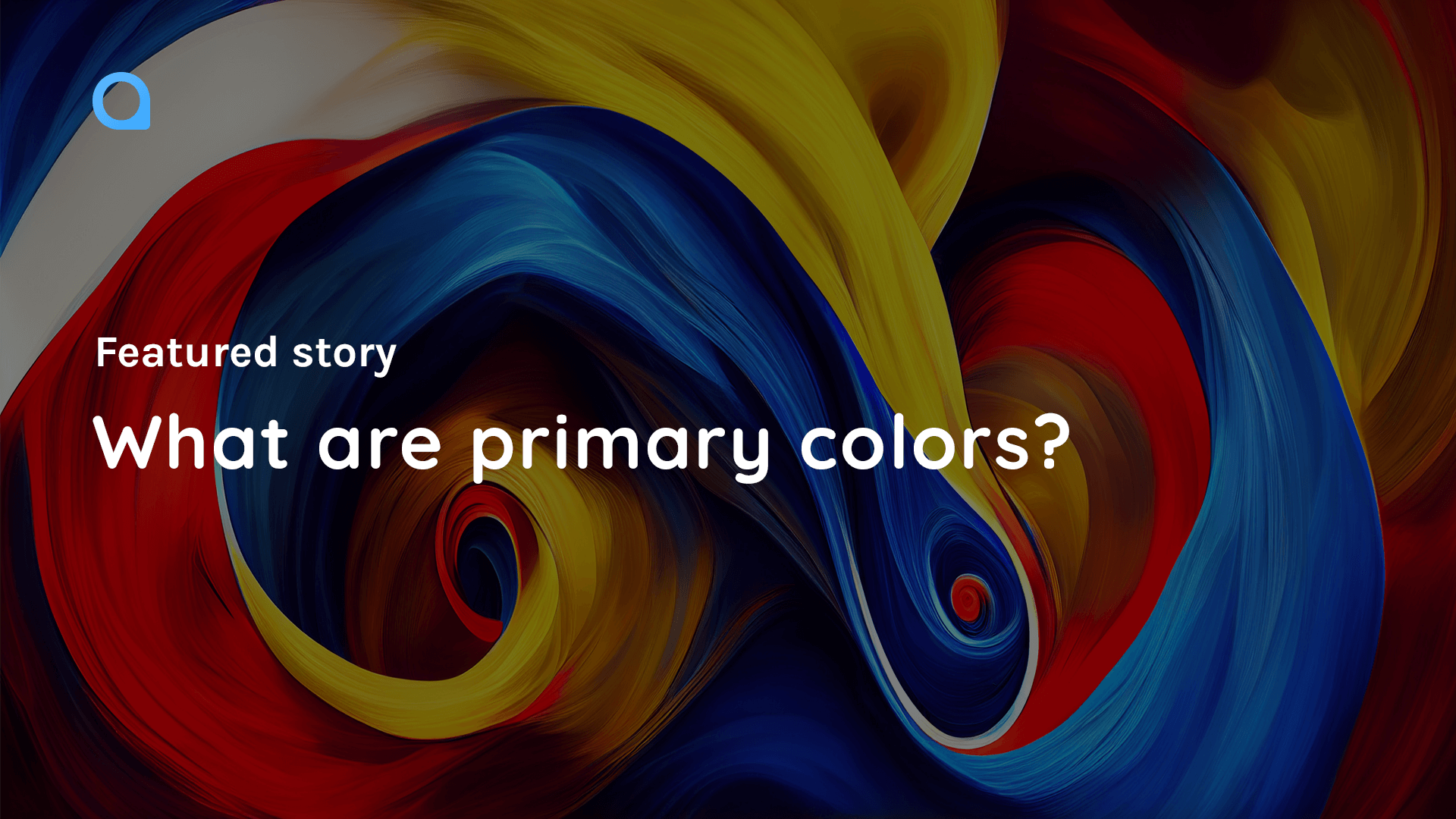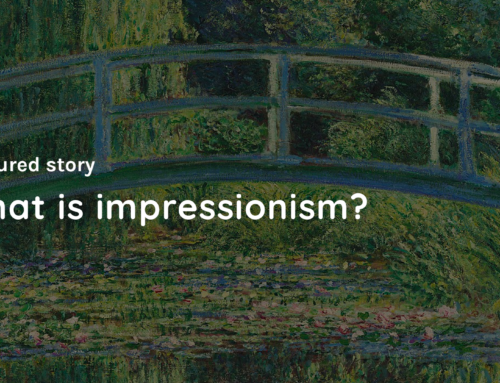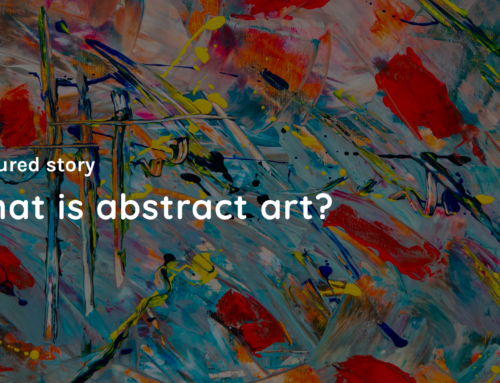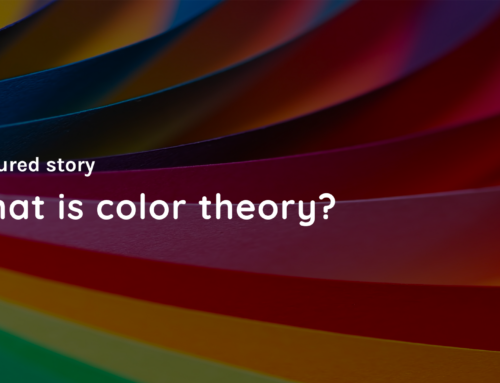Introduction
Primary colors play a fundamental role in color theory, art, science, and design. They are considered the building blocks of color and cannot be created by mixing other colors. Over the years, many theories and models have been proposed to understand primary colors, ranging from the ancient Greeks to modern color science. The use of primary colors in different color systems, such as additive and subtractive color mixing, has also evolved over time. This blog provides a comprehensive overview of primary colors, color theory, the science of color, the different types of primary colors, the psychological primaries, and the controversies and criticisms surrounding primary color models. By the end of this blog, you will have a better understanding of primary colors and their practical applications in various fields.
A Brief Overview of the History of Primary Colors
The idea of primary colors has been around for centuries, and there have been numerous theories about what they are and how they work. In ancient Greece, philosophers such as Theophrastus and Empedocles identified white, black, red, and yellow or green as primary colors. Aristotle also described a notion in which white and black could be mixed in different ratios to yield chromatic colors, which had considerable influence on Western thinking about color.
During the 17th and 18th centuries, there was much debate about primary colors. Robert Boyle introduced the term “primary color” in English in 1664 and claimed that there were five primary colors, including white, black, red, yellow, and blue. Joachim von Sandrart later proposed removing white and black from the primaries, stating that one only needed red, yellow, blue, and green to paint “the whole creation.” In the 19th century, the idea of red, yellow, and blue as primary colors became more popular in the art world.
Today, the concept of primary colors is still essential and is used in various fields, including color science, art, and design. By understanding primary colors and how they work, we can create beautiful and harmonious color palettes and communicate more effectively through color.
Color Theory and the Science of Color
Color Theory
Color theory studies how colors interact with each other and the human eye. Understanding color theory is essential to understanding primary colors. Color theory can help create pleasing color combinations, choose appropriate colors for different purposes, and achieve accurate color reproduction.
The Science of Color
The science of color studies the physical and physiological processes that occur when we perceive color. It involves the interaction between light, the human eye, and the brain. Light is a form of electromagnetic radiation that can be described in terms of wavelength or frequency. Our eyes can detect different wavelengths of light, and our brain processes this information to create the perception of color.
Additive and Subtractive Color Systems
The two central color systems are additive and subtractive. Additive color mixing involves combining different colored lights to create a new color. The primary colors in additive color mixing are red, green, and blue, commonly known as RGB. These primary colors can be combined to create secondary colors: yellow, magenta, and cyan.
Subtractive color mixing involves combining different colored pigments or dyes to create a new color. The primary colors in subtractive color mixing are magenta, yellow, and cyan, commonly known as CMY. These primary colors can be combined to create secondary colors: red, green, and blue.
Understanding these color systems is essential when working with color, especially in digital media and printing. Additive color mixing is used in creating images on screens, while subtractive color mixing is used in printing.
The Three Primary Colors
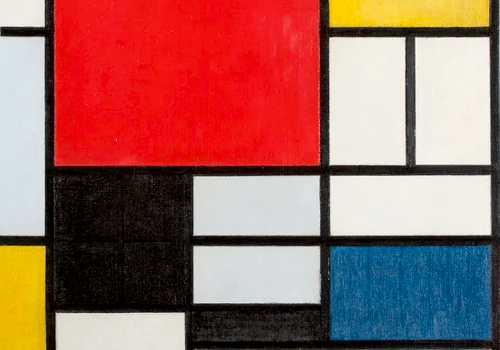
When it comes to the world of art and design, the three primary colors that come to mind are red, blue, and yellow. These three colors are considered primary because they cannot be created by mixing other colors. Instead, all other colors are created by mixing these three primary colors in varying proportions.
These colors are often used in a subtractive color mixing system in art. Subtractive color mixing refers to the mixing of pigments or dyes and is used in mediums such as painting and printing. When red, blue, and yellow are mixed, they create secondary colors: orange, purple, and green. These secondary colors can then be mixed to create tertiary colors, and so on.
In design, these colors are used in an additive color mixing system, which creates colors by adding light to a black surface. When these colors are added together, they create white light. In this system, red, blue, and green are the primary colors, and when mixed, they create all other colors.
The Four Primary Colors
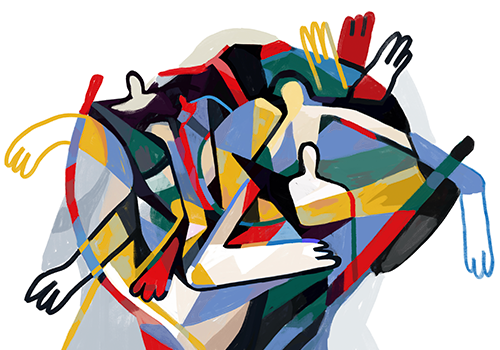
While the three primary colors are widely recognized, another set of primary colors is commonly used in modern color theory. These are the red, blue, yellow, and green primary colors. In this system, green is considered a primary color because it cannot be created by mixing any other colors.
The idea of green being a primary color was popularized by the French chemist Michel-Eugène Chevreul in the 19th century. Chevreul’s color theory was based on the idea that colors are relative and are perceived in relation to the colors around them. He discovered that green was not a result of mixing blue and yellow, as was previously believed, but was a unique color that needed to be included as a primary color.
The four primary colors are used in additive and subtractive color mixing systems in art and design. In art, green is often used as a primary color in landscape paintings, as it can be used to create various shades of foliage. In design, the RGB color model is based on the additive mixing of red, blue, and green to create all other colors. Similarly, in the CMYK color model used in printing, cyan, magenta, yellow, and black are used to create all other colors.
The Psychological Primaries
The opponent process theory was proposed by Ewald Hering, which describes the psychological primaries as red, green, yellow, and blue. Hering suggested that these colors appear as pure colors or as “psychological mixes” of two of them and that they are organized in “opponent” pairs, red vs. green and yellow vs. blue so that mixing can occur across pairs but not within a pair. This means that a yellowish-green or a yellowish-red is possible, but a greenish-red is not. In addition, Hering’s explanation of color perception included an achromatic opponent process along black and white. While there is a great deal of evidence for the opponent process in the form of neural mechanisms, there is currently no precise mapping of the psychological primaries to neural substrates.
The psychological primaries have been applied in color spaces like CIELAB, created by Richard S. Hunter as the primaries for the Hunter L,a,b colorspace. The Natural Color System is also directly inspired by psychological primaries.
Controversies and Criticisms
While the concept of primary colors has been widely accepted for centuries, there are controversies and criticisms surrounding primary color models, particularly the RYB model that suggests red, yellow, and blue as primary colors. Color scientists criticized this model as oversimplified and not accurately representing how color works in light and pigment mixing.
There are also limitations to primary color models, particularly in modern digital color reproduction, where colors are created using RGB (red, green, and blue) additive color systems. The RGB model differs from the traditional RYB color model and is used in digital devices like computer monitors and televisions.
Alternative color models and theories have been proposed to address these limitations. For example, the CMYK model is used in printing and stands for cyan, magenta, yellow, and black, while the HSL model (hue, saturation, and lightness) is used in computer graphics and web design.
Conclusion
In conclusion, primary colors are an essential concept in art and design, and understanding the different primary color models and theories is essential for anyone working with color. While there are controversies and criticisms surrounding some of these models, they still form the foundation of color theory and are a starting point for creating beautiful and impactful designs. For further reading and resources, many books, online courses, and tutorials are available to help deepen your understanding of color theory and its practical applications.

